Description
Comfrey, (Symphytum spp.) or knitbone, is the ultimate permaculture/multipurpose perennial plant. Comfrey is a magical medicinal healing plant; its deep roots have amazing abilities to mine the soil for micronutrients and makes them available in their leaves, bees love it, and it grows prolifically in any environment/soil.
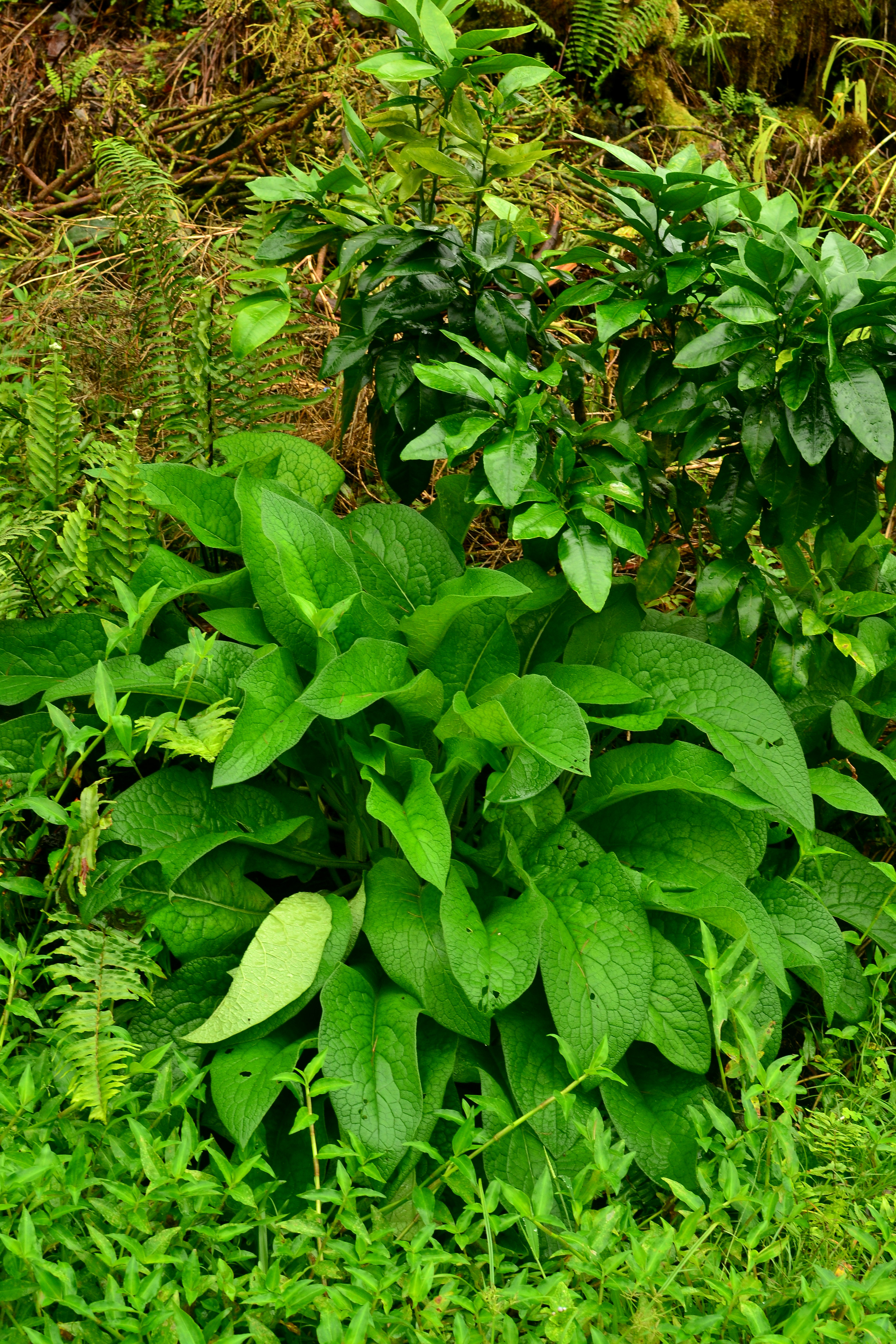
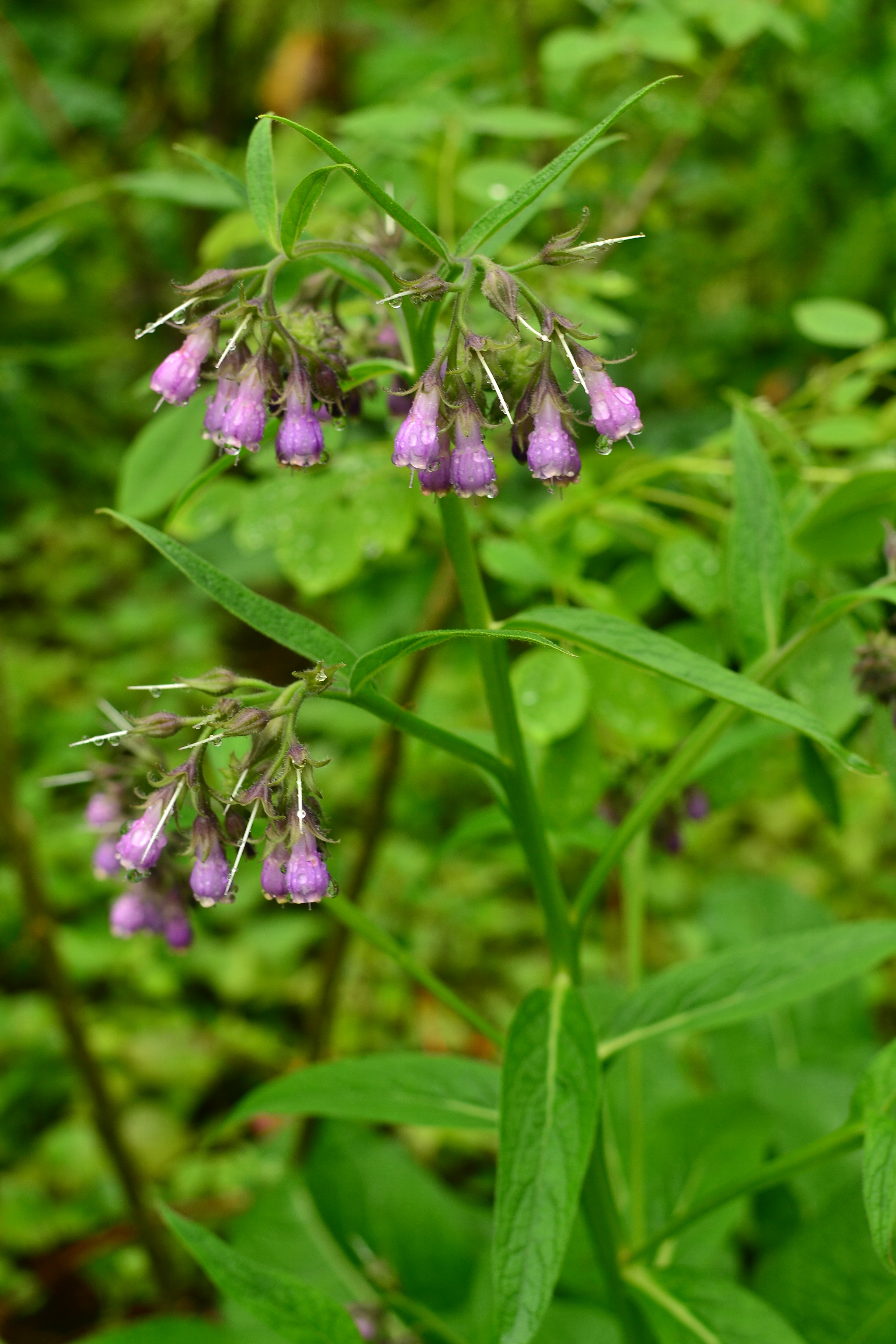
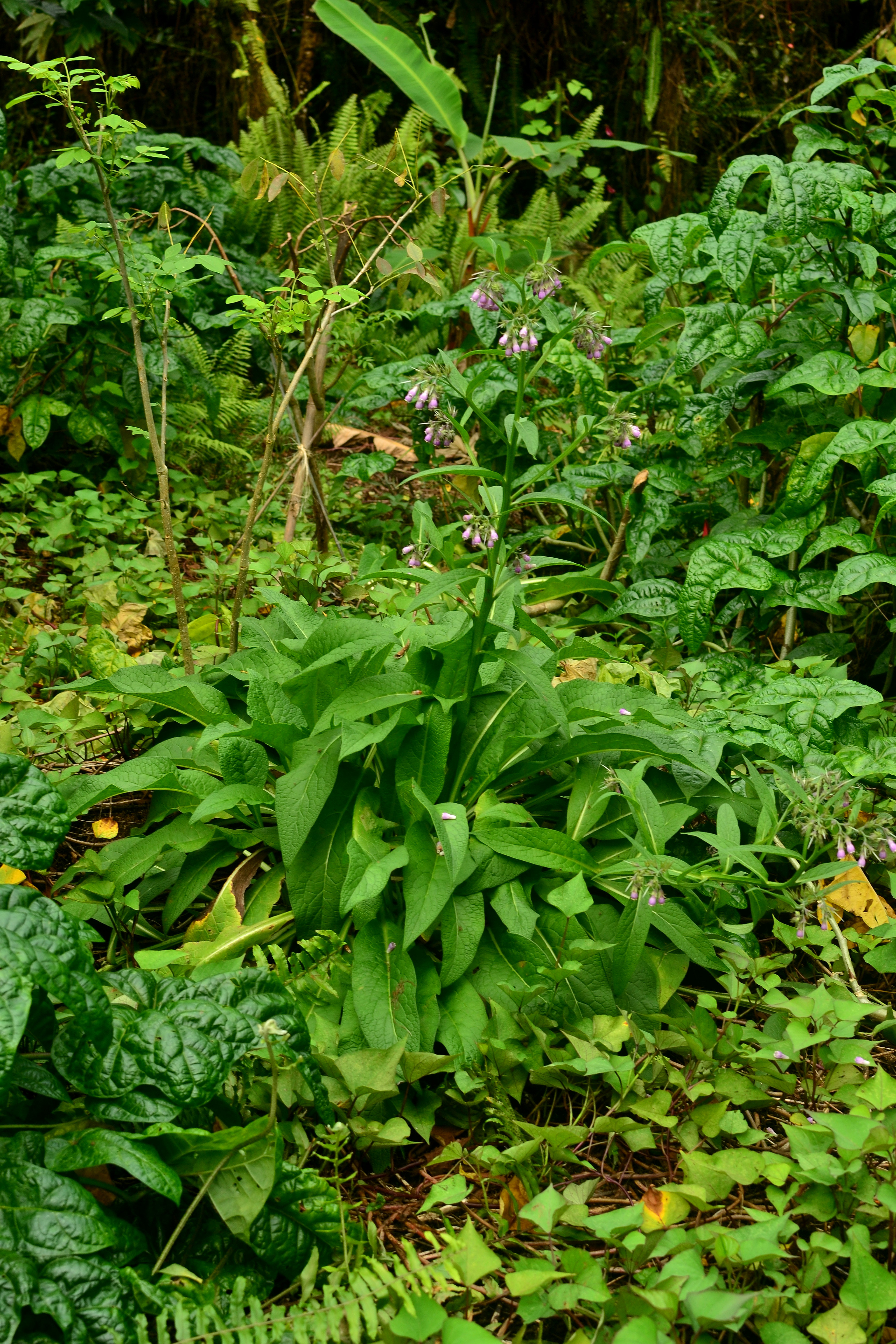
Propagation
Comfrey is grown from clump-division and from root cuttings. I typically only grow it from root cuttings because it is less work.
Simply dig around in the soil, find the root and cut off a section. Take this section and cut it up into 3 inch bits and replant them horizontally 2 inches deep in new location. Give it a couple of weeks and new leaves will emerge.
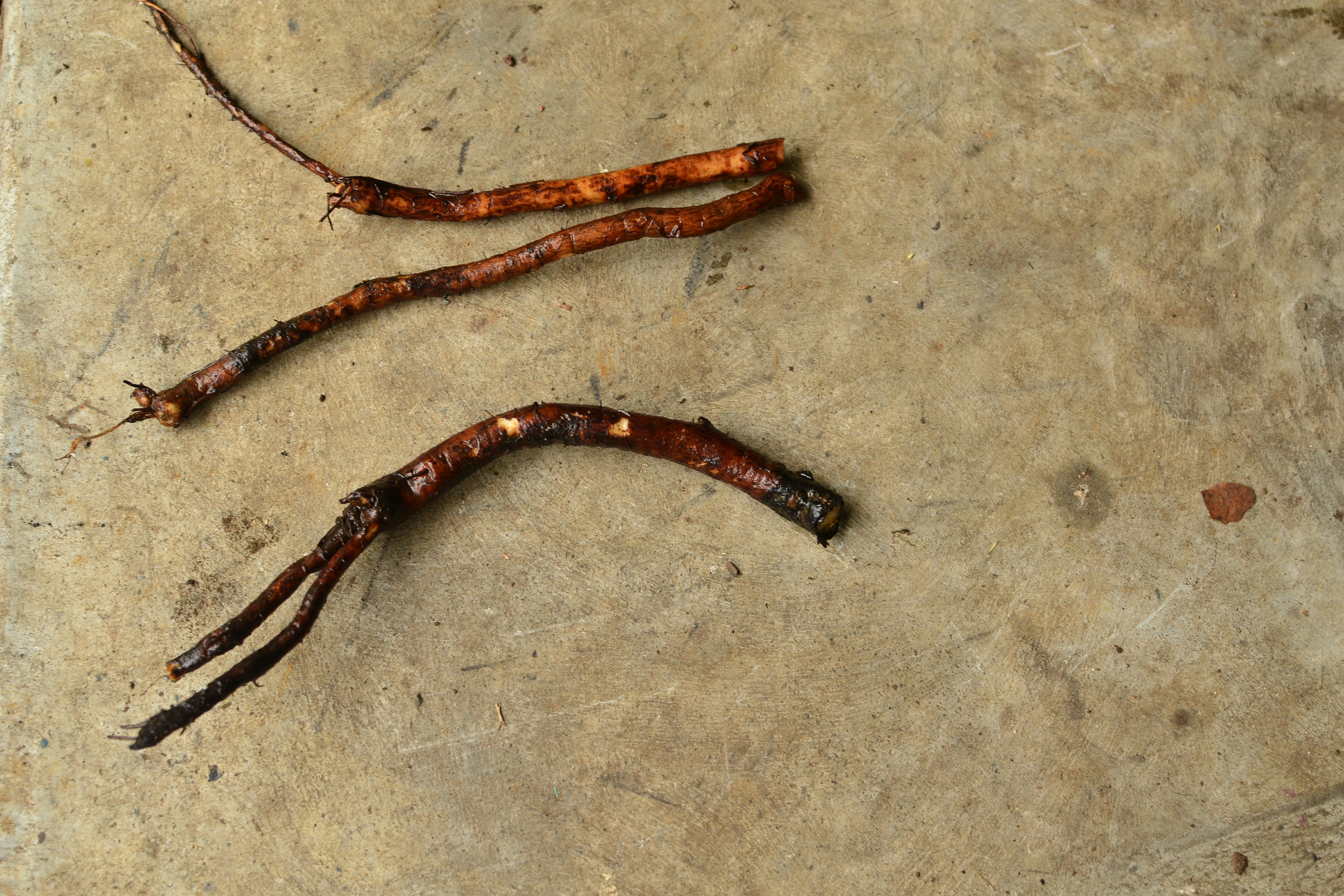
Dig up roots
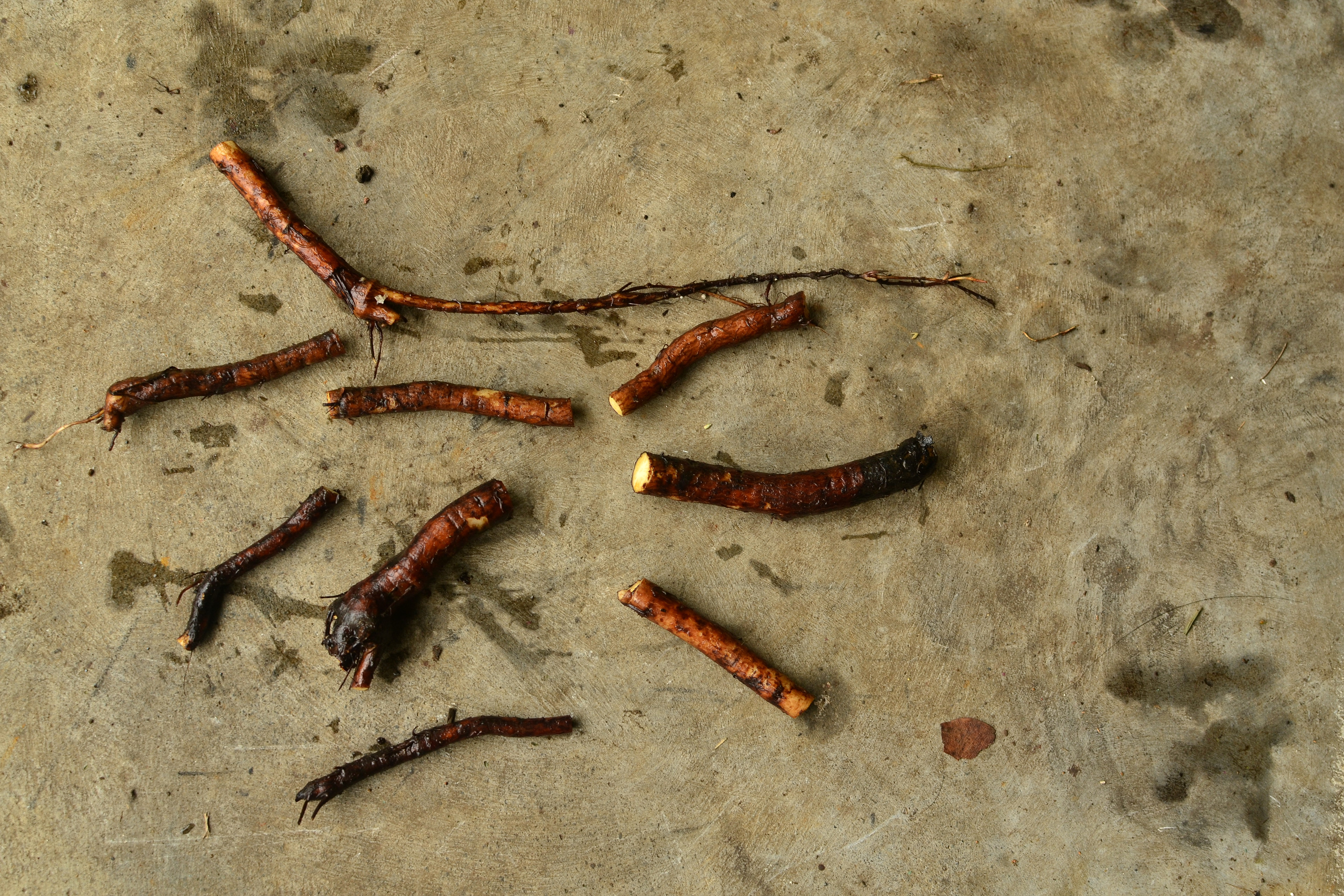
Cut into 3 inch pieces and replant horizontal
Care
Comfrey is a carefree plant. It grows about 3’ tall and wide and flowers year round with no care. If you want to utilize comfrey for its soil building properties, you’ll want to cut it back to about 2 inches off the ground, then mulch, compost, or make compost tea from the leaves (wear gloves when handling, hairs on the leaves may irritate). Doing this will make use of the micronutrients mined from the ground and make them available for other plants to uptake. Once cut back, it will start re-growing immediately and start putting up vigorous growth once again. The leaves break down quickly and give their nutrients to the soil. A healthy plant may be cut back completely 4-5 times a year in a temperate environment. In the tropical environment its almost endless the amounts of times you can cut it back throughout the year! Even just growing this plant around your trees will give extra nutrients to them.
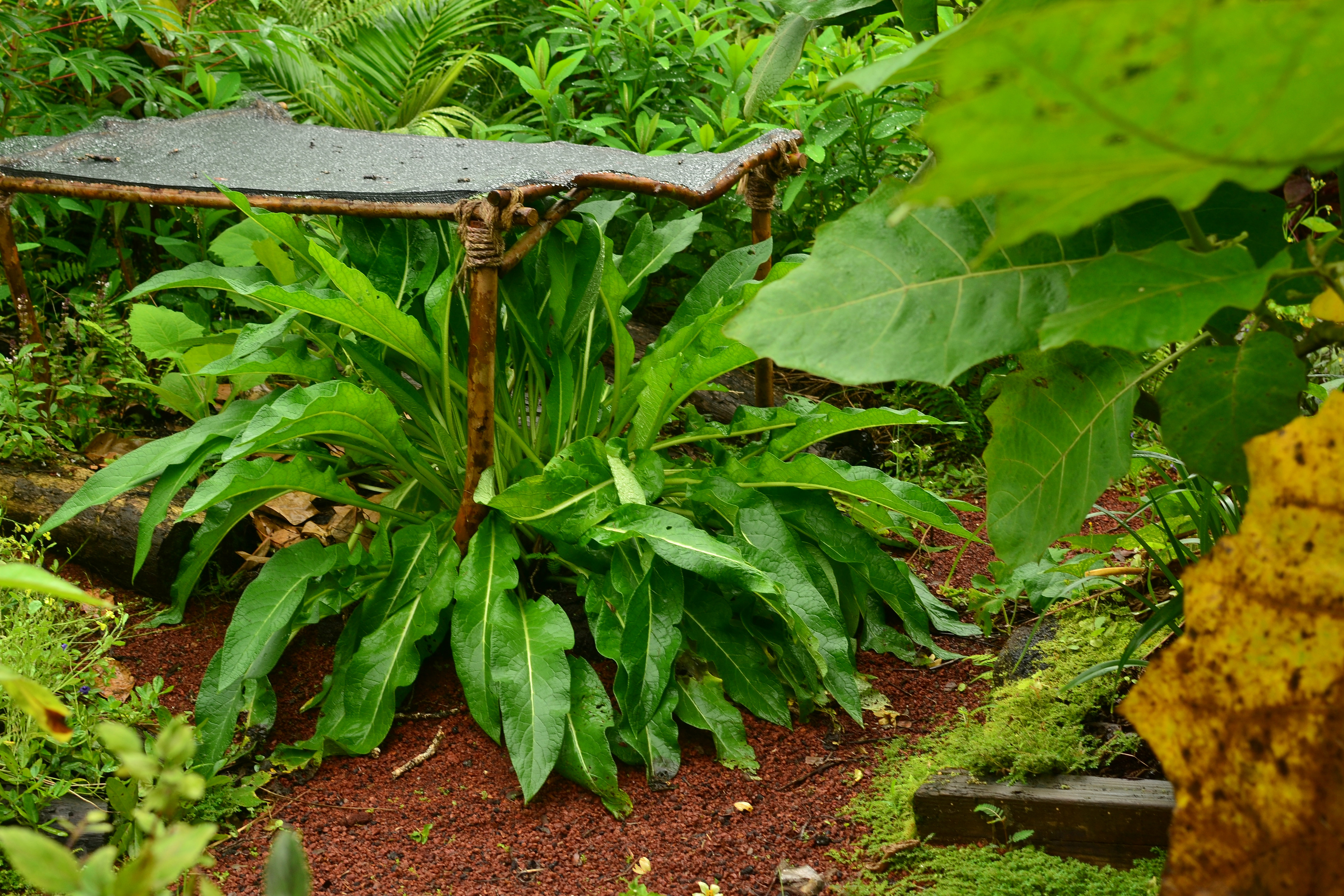
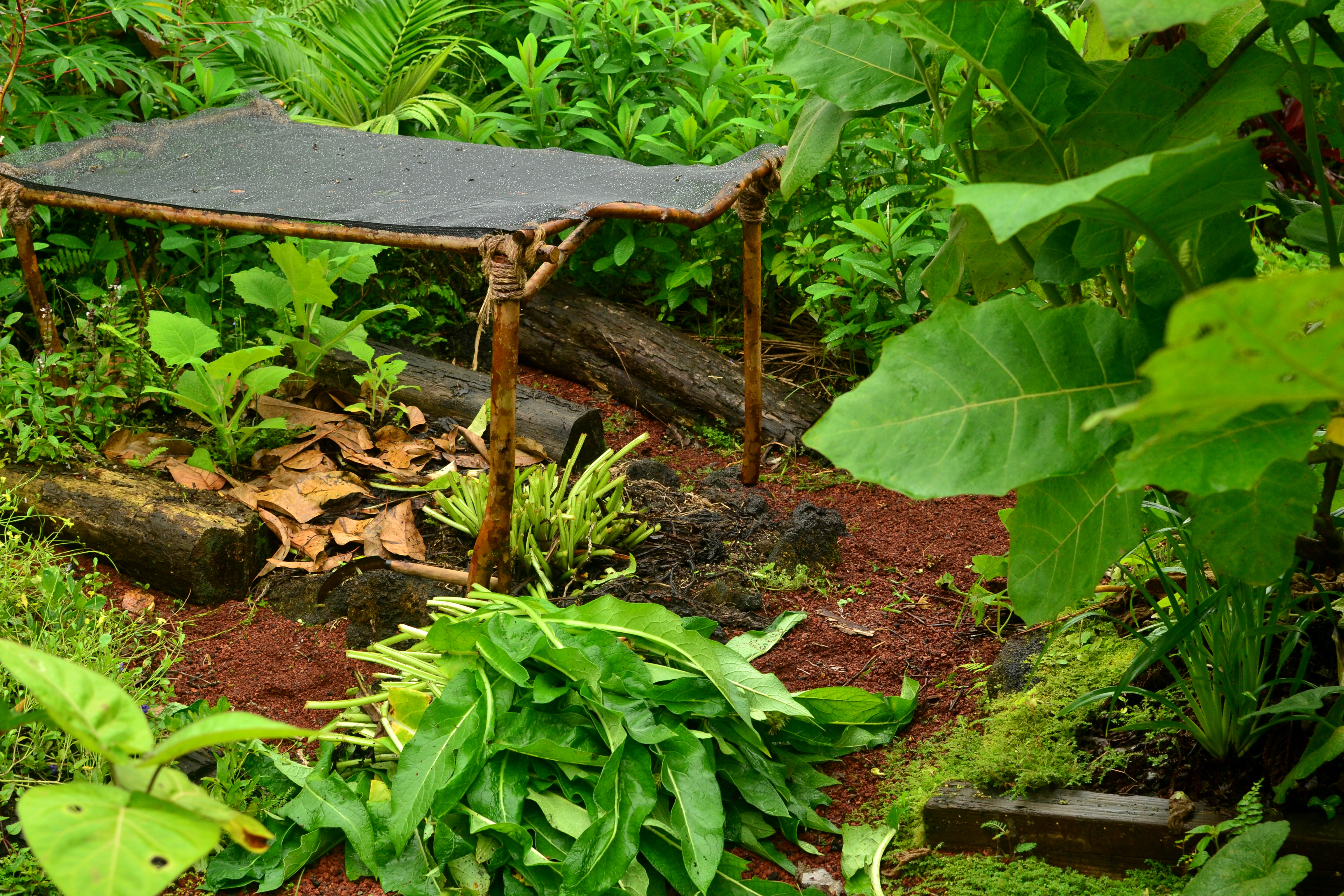
Cut back to a few inches above ground level. Look at all that wonderful mulch!
Uses as medicine
Comfrey has so many uses as medicine it deserves endless research. Historically, comfrey was used internally and externally to treat throat issues, broken bones, arthritis, ulcers, burns, inflammation and many other issues. The main reason I use comfrey is for its antiseptic and cell growth stimulant properties. Healing my wounds in hours. It is seriously magic.
Where to obtain planting materials
Ask a friend who grows comfrey for some roots to propagate. Make sure you get a sterile variety so it doesn’t spread by seed indefinitely. I’ve grown mine for a few years and they have never spread beyond their original clump unless I spread around roots.
My Garden
As an avid environmentalist I spend most of my time outside playing in the waves, forests, mountains and in the garden. Living on a very young landscape, the lava rocks are very sharp and unforgiving. This means I cut myself basically everyday. Sometimes small, sometimes larger. But I have no fear even though I live in a region teeming with staph (Staphylococcus spp.) because I have my go to medicine all around. I simply grab off a bit of leaf and mash it between my fingers and create a poultice. Apply this directly to the wound and throw a Band-Aid to keep it in place, I then wrap tape around the Band-Aid it to actually keep it on my skin (LOL at waterproof Band-Aids in the wet tropics). I have not used traditional western antiseptic in three years and have never had an infection! Yes comfrey!
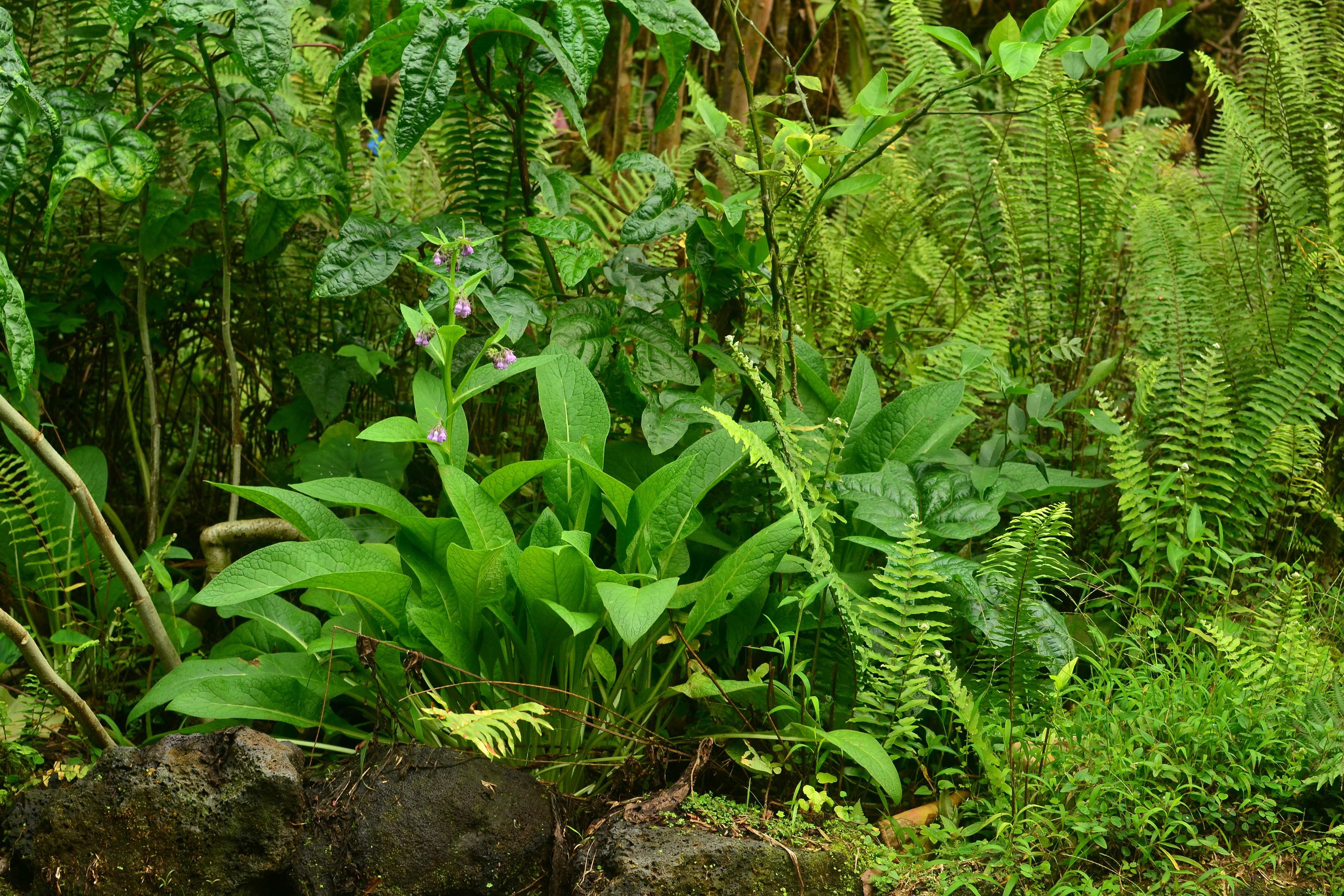
Comfrey with: edible hibiscus, kalo and lemon
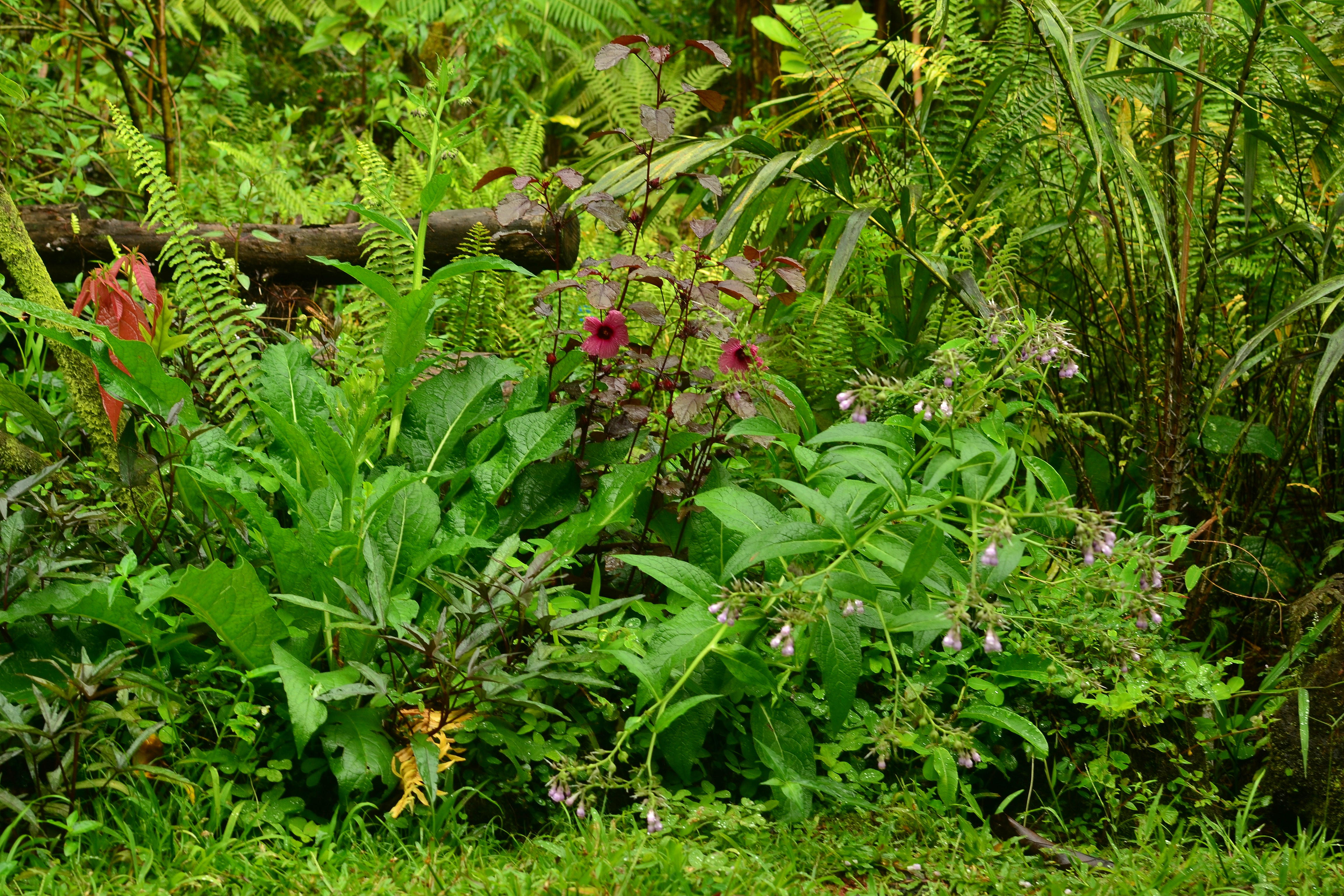
Comfrey with: cranberry hibiscus, perennial peanut, sweet potato, snake fruit, cacao and tamarillo, hapu’u, pigeon pea and waiawi in the background
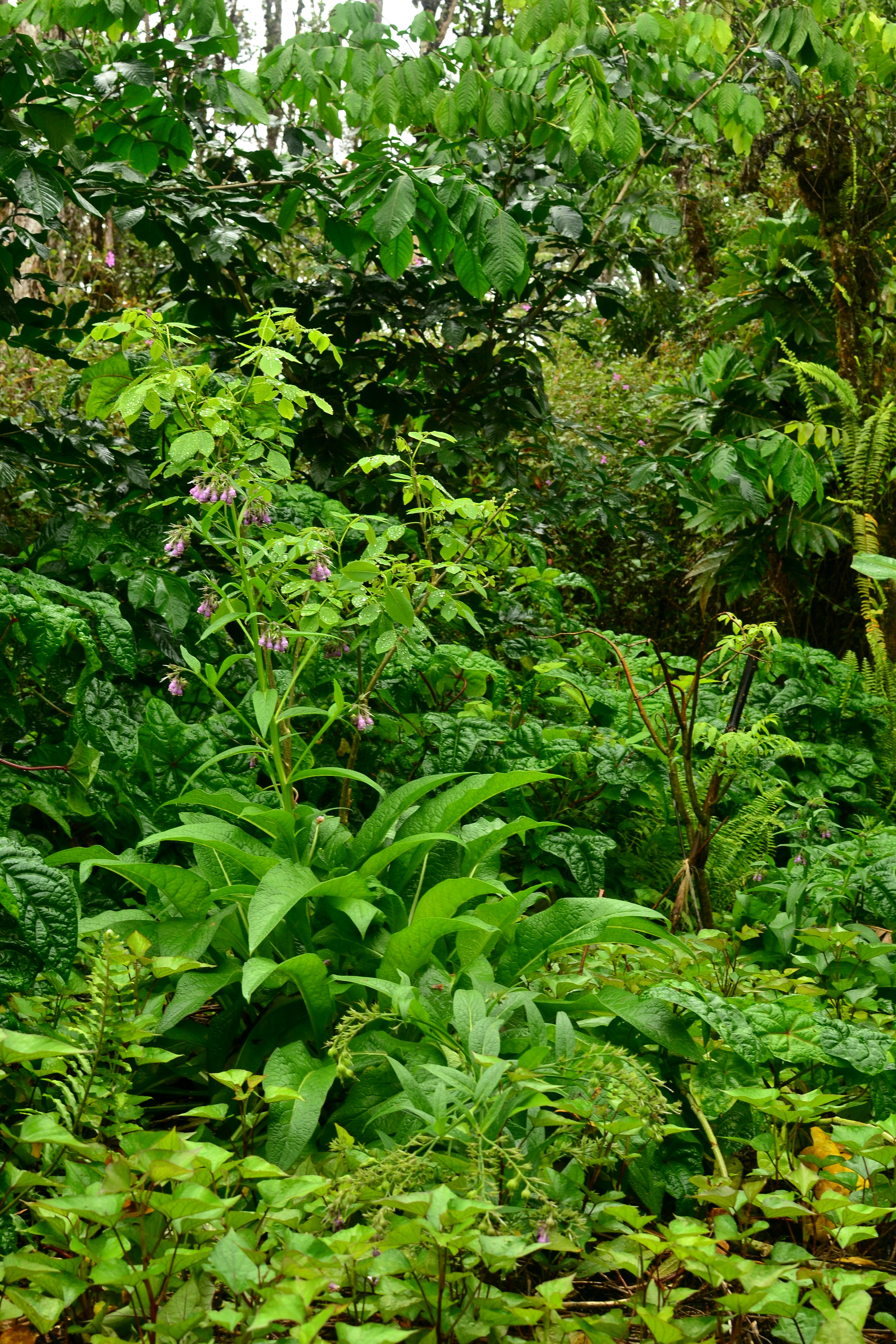
Comfrey with: sweet potato, edible hibiscus, gliricidia, vi apple, ice cream bean, and ulu
Happy Gardening!
Pingback: Rapid Resilient Food Systems | Tropical Self-Sufficiency